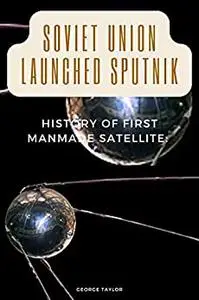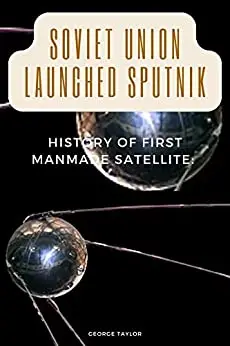SOVIET UNION LAUNCHED SPUTNIK: History Of First Man-made Satellite
English | 2022 | ASIN: B0BCR5TH73 | 7 pages | AZW,PDF | 242.02 kB
English | 2022 | ASIN: B0BCR5TH73 | 7 pages | AZW,PDF | 242.02 kB
The USSR launched Sputnik on October 4, 1957, making it the first man-made satellite to orbit the planet. The satellite, a basketball-sized, 85-kilogram (187-pound), a metal sphere that orbited the Earth at 29,000 kilometers per hour (18,000 miles per hour) for three months, was sent into orbit by a massive rocket.Sputnik had completed one orbit of the earth, covering 70 million kilometers (43.5 million miles), when it eventually broke free in January 1958. A low-power radio transmitter that periodically projected a beeping sound was the only cargo carried by Sputnik. The world's radio listeners might hear this beeping.A new chapter of the Cold War between the United States and the Soviet Union began with the launch of the first Sputnik. Sergei Korolev established and oversaw the Soviet space program.He oversaw the development of the Soviet R-7, the first intercontinental ballistic missile (ICBM). The first Sputnik satellite was launched by the R-7 rocket under Korolev's supervision.The R-7's design was inspired by the World War II rocket fired by Nazi Germany, the V2. The Soviet Union and the United States fought one other for control of V2 technology and those who created it as the war with Germany concluded. While Wernher von Braun, the program's leader, and the majority of the V2 design team escaped to the US, the Soviets managed to obtain some V2 components and designs. In addition, the Soviets enjoyed an advantage thanks to Konstantin Tsiolkovsky's groundbreaking rocket research.President Dwight Eisenhower of the United States established the National Aeronautics and Space Administration (NASA) a year after the Soviet Union launched Sputnik, thus starting the "Space Race" between the two countries. This technological rivalry gave rise to the Moon landing, the space shuttle, and the International Space Station, which is still in orbit around the Earth today.



